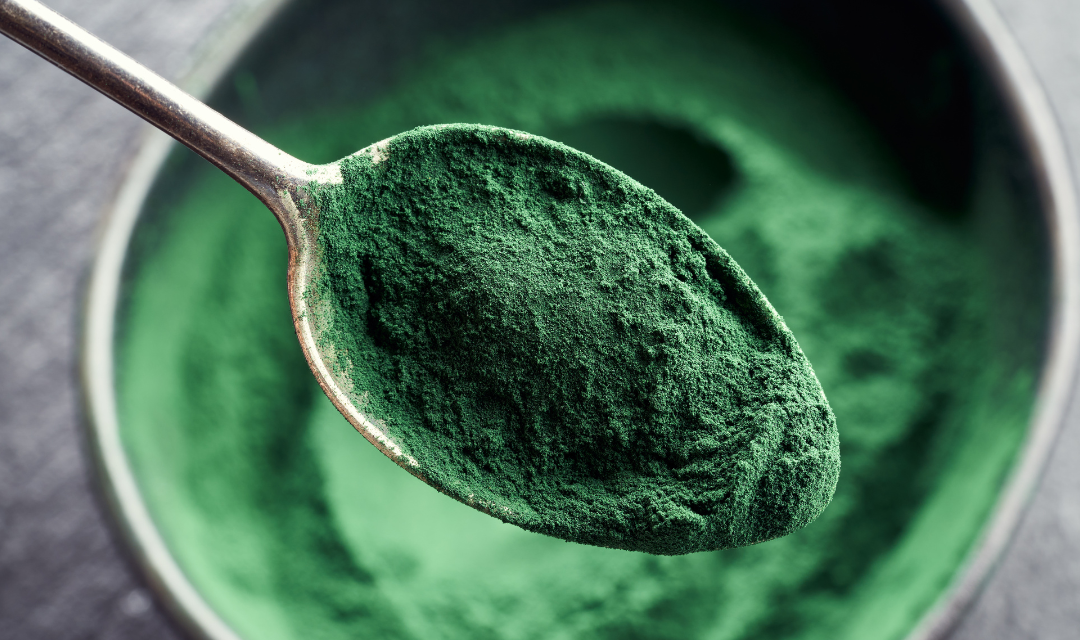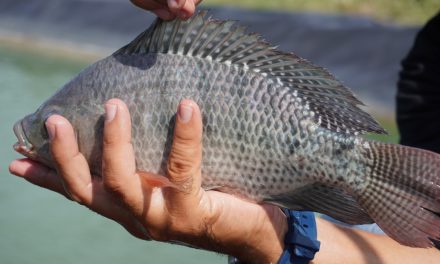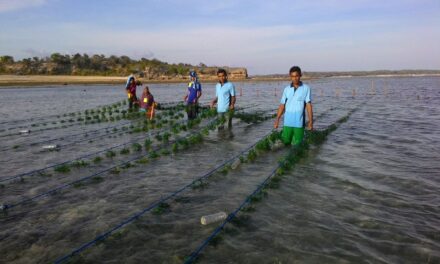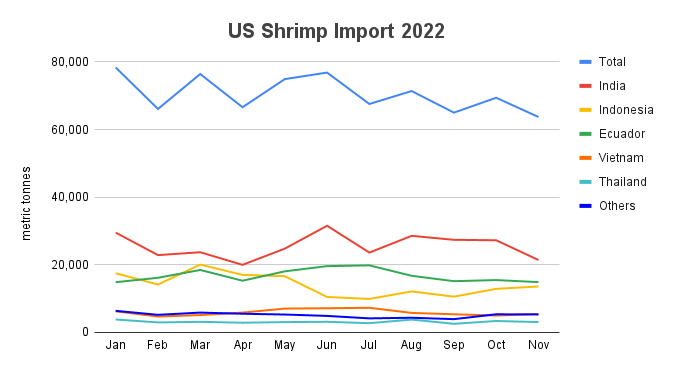Having a wide market demand in both domestic and global markets, making vannamei shrimp (Litopeneaus vannamei) a promising species. Shrimp farmers aim to develop their business by improving the quality and quantity of production. Selecting the right type of feed and managing it are the basic ways for farmers to achieve the desired production results. And proper feeding is one of the determining factors for success in vannamei shrimp cultivation due to it affects shrimp growth and health.
A recent study led by Dr. Romi Novriadi from Jakarta Technical University of Fisheries, shows that the addition of spirulina (Arthrospira platensis) meal to shrimp feed can improve the growth and health condition of shrimp. Additionally, the addition of spirulina meal to shrimp feed can improve feed conversion ratio (FCR) and total hemocyte count (THC) better than feed without spirulina (control).
Improving shrimp growth performance
The study of adding spirulina to shrimp feed was conducted using three different doses, namely 0.2%, 0.4%, and 0.8% spirulina meal (SM) formulated with other feed ingredients. The research took 60 days with a frequency of feeding four times a day.

The result shows significant differences in shrimp growth performance in each treatment. The 0.4% and 0.8% SM treatments produced higher average weight compared to other treatments, which were 8.57 grams (0.4%) and 8.73 grams (0.8%). Interestingly, the addition of 0.2% also resulted in better growth than the control (without SM addition). The average weight of the 0.2% treatment was 8.37 grams, while the control treatment was only 7.83 grams.
The addition of spirulina also has a positive effect on feed efficiency (FCR). This is proven by the research result which shows that the best FCR was produced by the highest dose treatment 0.8% SM with an FCR of 1.5. Meanwhile, the FCR in the 0.4% and 0.2% treatments were 1.60 and 1.64, respectively. And FCR in the control was the highest, which was 1.75.
As we know, the smaller the FCR, the more efficient the feeding, thus reducing production costs. However, researchers also noted that the addition of spirulina to feed must be carefully considered and calculated to ensure that the essential amino acid and fatty acid requirements for shrimp are still well-met.
Improving shrimp immune system
In addition to improving shrimp growth, the use of SM can also enhance the shrimp’s immune system against pathogens. The immune system can be evaluated through the measurement of THC (Total Hemocyte Count). Hemocytes are a cellular defense system that plays a critical role in nonspecific defense mechanisms in shrimp. The THC analysis shows an increase in hemocyte count in all shrimp fed with spirulina meal additives compared to shrimp in the control treatment.
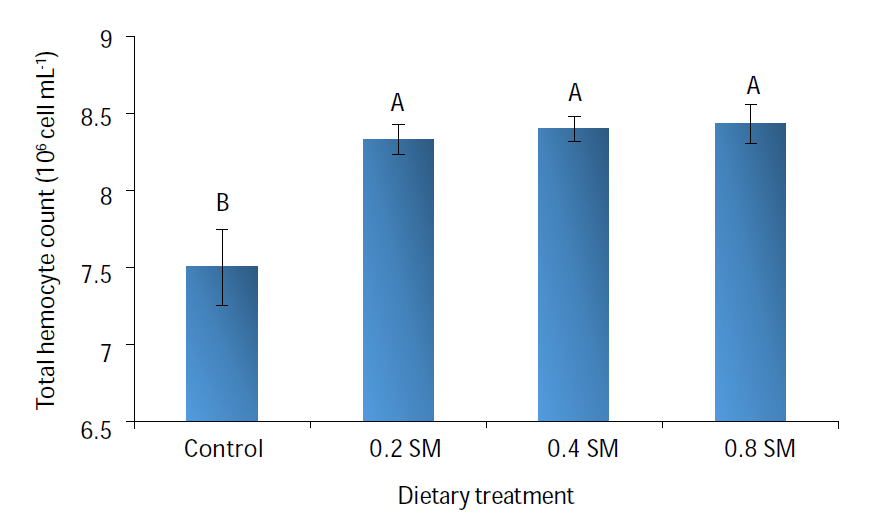
The addition of spirulina can also enhance the activity of lysozyme and the shrimp’s resistance to Vibrio alginolyticus infection. Lysozyme is one of the antimicrobial enzymes that catalyzes the hydrolysis of β-(1,4)-glycosidic bonds, which is part of the bacterial cell wall component (non-specific immune response).
The increase in shrimp growth rate and performance can be due to the ability of SM to stimulate feed intake at low inclusion. High protein content with balanced amino acids make SM a potential ingredient in aquafeed formulation.
According to researchers, the use of SM is one of the efforts to replace the use of fish meal in shrimp feed formulation without compromising shrimp performance (defense and growth). Beside that, the addition of SM to shrimp feed can improve productivity and better profitability in the shrimp industry. Furthermore, the researchers state that an evaluation of the optimal level of SM inclusion that supports efficiency and profitability is still possible to be conducted.
In conclusion, this is a very interesting research result as the use of SM as an alternative to replace FM has a great opportunity to be applied to shrimp feed on a larger scale.
—
Image source: Canva

